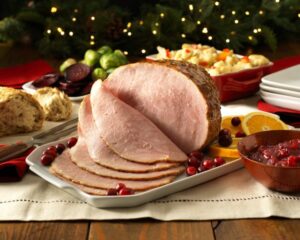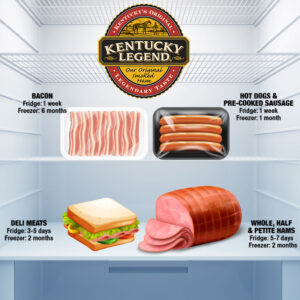
Top Ten Side Dishes to Serve with an Easter Ham
Easter is a time of celebration, and what better way to celebrate than with a delicious ham as the centerpiece of your meal? Whether you are having a big family gathering or an intimate dinner with friends, a Kentucky Legend ham is a classic choice for Easter. But what are the best side dishes to […]









